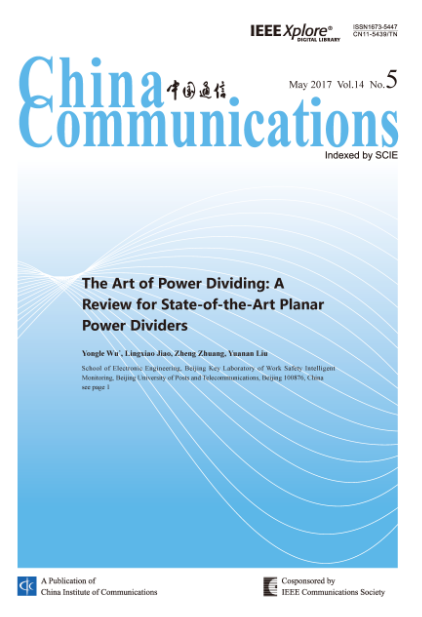NETWORKS & SECURITY
Zhen Wang, Jianqing Li, Manlin Fang, Yang Li, Botao Feng
2017, 14(5): 174-184.
The intelligent vehicle network uses advanced information technology to establish an efficient integrated vehicle transport system, which has received great attention in industry and academia. Internet of Vehicles (IoV) in an urban environment is operated in a wireless environment with high bit error rate and interference. In addition, the wireless link between vehicles is likely to be lost. All of this makes it an important challenge to provide reliable mobile routing in an urban traffic environment. In this paper, a reliable routing algorithm with network coding (RR_NC) is proposed to solve the above problems. A routing node sequence is discovered in IoV from source to destination by multi-metric ant colony optimization algorithm (MACO), and then clusters are formed around every node in the sequence. By adding linear encoding into the transmission of data between vehicle's clusters, the RR_NC provides much more reliable transmission and can recover the original message in the event of disorder and loss of message. Simulations are taken under different scenarios, and the results prove that this novel algorithm can deliver the information more reliably between vehicles in real-time with lower data loss and communication overhead.
